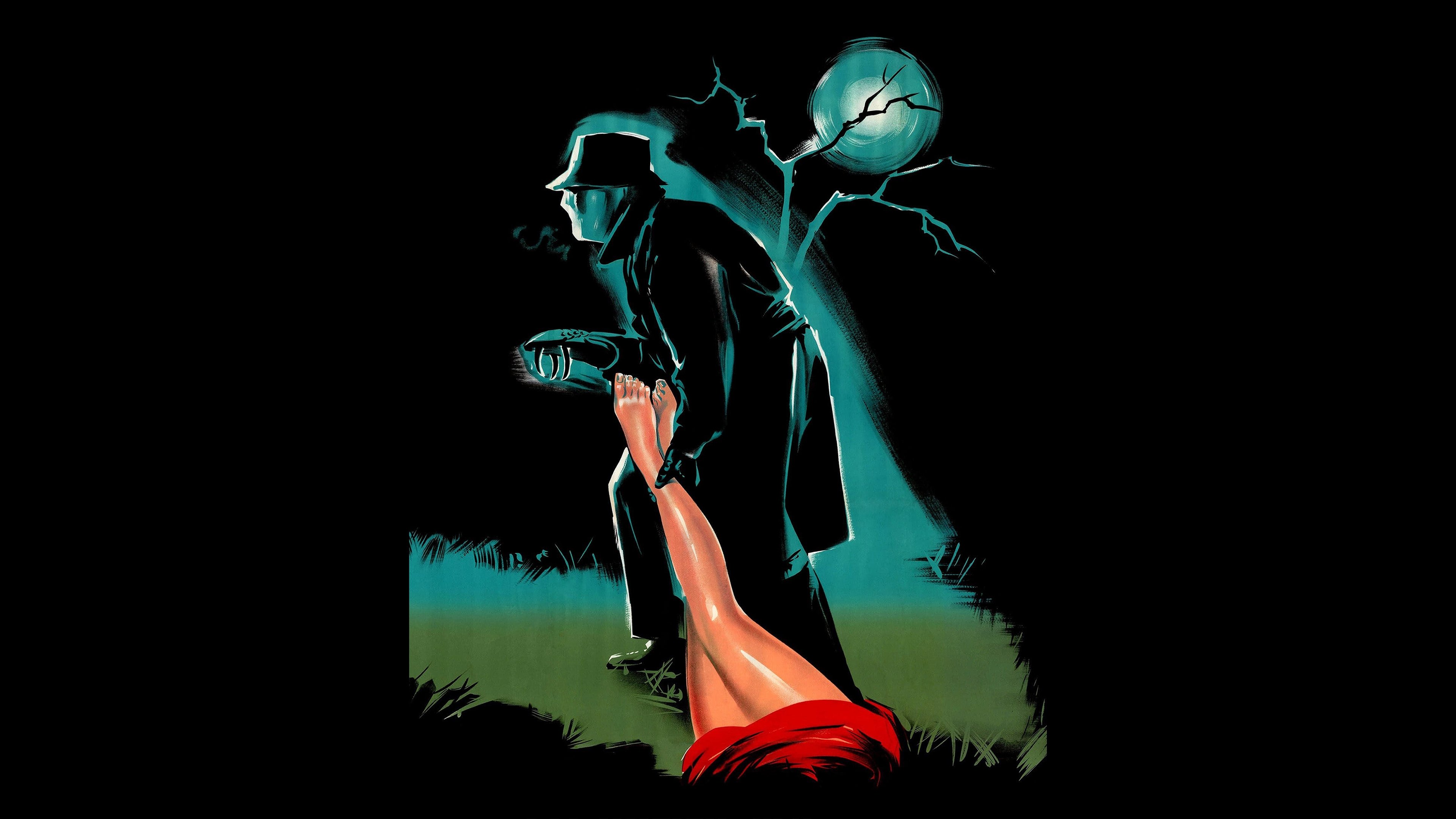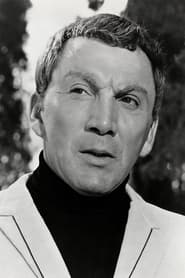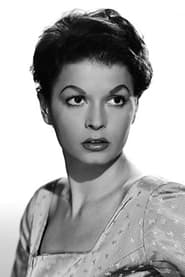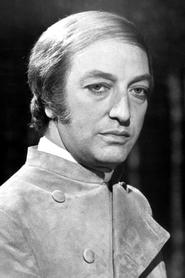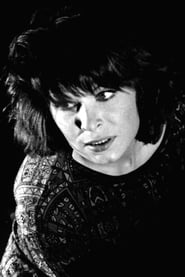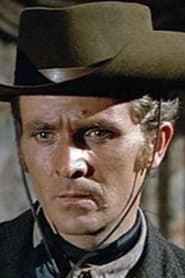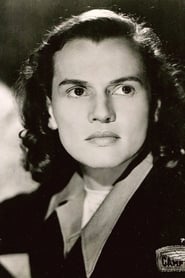Cast
View AllCameron Mitchell
as Massimo Morlacchi
Eva Bartok
as Contessa Cristiana Cuomo
Thomas Reiner
as Inspector Silvestri
Ariana Gorini
as Nicole
Dante DiPaolo
as Franco Scalo
Mary Arden
as Peggy Peyton
Franco Ressel
as Marchese Riccardo Morelli
Claude Dantes
as Tao-Li
Luciano Pigozzi
as Cesare Lazzarini
Lea Lander
as Greta
Massimo Righi
as Marco
Francesca Ungaro
as Isabella
Giuliano Raffaelli
as Zanchin
Harriet Medin
as Clarissa
Mary Carmen
as Model
Crew
Director
- Mario Bava
Writer
- Giuseppe Barilla
- Mario Bava
Producer
- Massimo Patrizi
- Alfredo Mirabile
Reviews
CinemaSerf
When the glamorous model "Isabella" is found murdered, "Insp. Silvestri" (Thomas Reiner) is drafted in to investigate. Pretty quickly he discovers, as do we, that she kept a diary and it now becomes distinctly dangerous for anyone who has handled this book as the masked killer seems hell bent on retrieving it. There are suspects a-plenty for the killings, and an intriguing sub-lot between a penniless Marquis (Franco Ressel) being blackmailed for an alibi by the boyfriend of one of the deceased, makes the main plot a little more puzzling too. It packs quite a lot into ninety minutes and the story is peppered with red herrings but not in an Agatha Christie fashion. They are more plausible, the characterisations malevolent, duplicitous and back-stabbing and for much of this, we really have no idea who is committing these heinous crimes, nor why. The score is left in the reliable hands of Carlo Rustichelli and though the dialogue isn't that bad, it is this that works well to create a sense of menace - and mischief, as the investigation reaches it's denouement. Tangentially, it takes a swipe or two at the rather insincere worlds of modelling and fashion in general, and is easily as good as the best horror thrillers to emanate from Hammer. Despite the whole thing having something of an episode of "Columbo" to it, it's still worth a watch.
Jul 6, 2022
Thematic Analysis
This Horror/Thriller/Mystery film explores themes of fear and survival, delving into the psychological aspects of human nature when confronted with the unknown. Blood and Black Lace presents a unique perspective on the horror genre by focusing on the psychological terror rather than relying on typical jump scares.
Director Mario Bava brings their distinctive visual style to this film, continuing their exploration of themes seen in their previous works while adding new elements. Their approach to pacing and visual storytelling creates a viewing experience that rewards close attention.
Released in 1964, the film exists within a cultural context that now offers viewers historical perspective on the social issues of that era. Its critical acclaim reflects its artistic achievements and its place in cinema history.
Did You Know?
- The production of Blood and Black Lace took approximately 18 months from pre-production to final cut.
- The final cut of the film runs for 88 minutes, though the director's initial assembly was reportedly 144 minutes long.
- The cast underwent specialized training for 6 weeks before filming began.
- Some visual effects sequences took up to 5 months to complete.
- The musical score contains over 68 unique compositions.
Historical Context
- In 1964, when this film was released:
- The Vietnam War was becoming increasingly controversial.
- Social and cultural revolution was transforming Western societies.
- The film industry was dominated by major studios, with independent cinema still in its early development.
How This Film Stands Out
While Blood and Black Lace shares thematic elements with other films in its genre, it distinguishes itself through its unique approach to storytelling, visual style, and character development.
Unlike Street Mobster, which focuses more on action than character development, Blood and Black Lace subverts genre expectations by exploring its themes with greater nuance.
While films like King of the Ants and Shadow of a Doubt explore similar territory, Blood and Black Lace stands apart through its deeper exploration of its central themes and more complex characterization.
This film's unique contribution to cinema lies in its thoughtful balance of entertainment value and thematic depth, making it a valuable addition to its genre.
Details
- Release Date: April 10, 1964
- Runtime: 1h 28m
Where to Watch













